Search for articles, topics or more
browse by topics

Search for articles, topics or more
“Many things have influenced the way I work, but mainly it is my love for the ancient Greek and Roman worlds,” says artist Roberto Ruspoli. “I grew up in Rome, I went on to study classics so I was continuously surrounded by the classical world. This really shaped my aesthetics.”
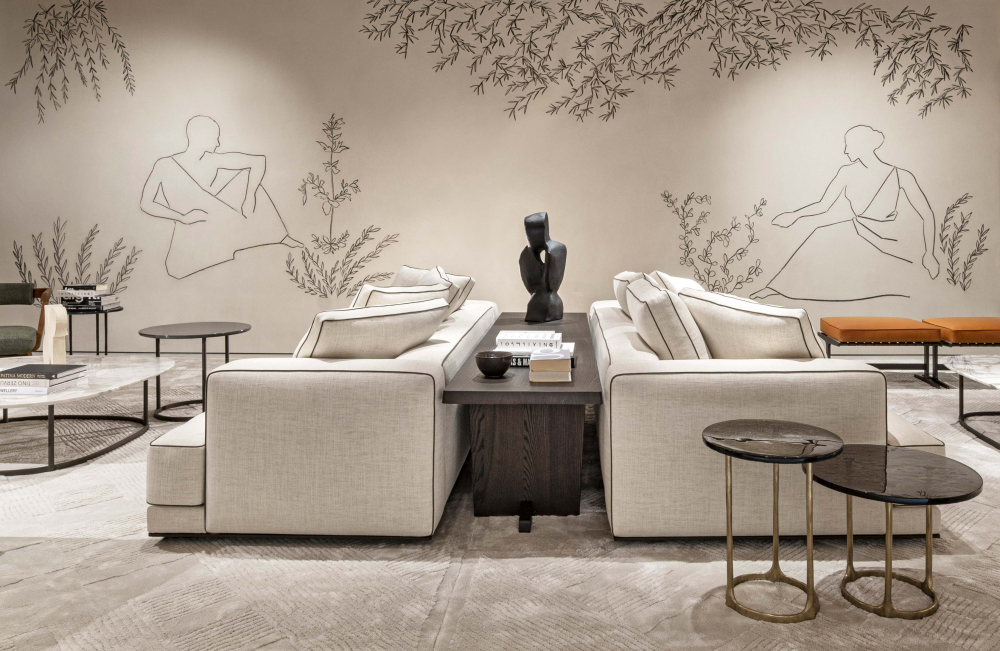
Ruspoli has become known within the art world for his large-scale murals, which stretch from wall to floor or blossom out across ceilings, frequently featuring human figures with classical silhouettes. The murals are simple and contemporary, but filled with historical nods: a sweeping toga; a crown of laurels; a hand balancing the outline of a two handled cup.
Given his work, Ruspoli was a natural choice when Vincent Van Duysen, Molteni&C’s creative director, sought out an artist to collaborate with for the brand’s 2023 Salone del Mobile installation.
“What drew me to Ruspoli’s work,” explains Van Duysen, “are the references to the Roman Domus found in his drawings; it’s a revisitation of these classical frescoes, and a reinterpretation of historical painting nodding to the wall murals of the Roman Empire.”

For December’s iteration of the Art Basel Miami, Molteni&C has invited Ruspoli to continue Virgilio's Dream at its showroom space in Miami. “It will continue in this linear discourse that we started with Virgilio's Dream,” explains Ruspoli, who will paint a new mural as a live performance during the event. Alongside this mural, the space will also feature canvases by the artist from 6 to 10 December.
“Meditations on Mural Art”
6-10 December 2023
Molteni&C Miami Flagship Store
4100 NE 2nd Ave suite # 103 - 203
“The colours on the canvas artworks are inspired by ancient Greek vases,” explains Ruspoli, “so they are very restrained, but very powerful”.
In honour of his upcoming installation, M Magazine asked Ruspoli to select five frescos, murals or artworks that have shaped his development as an artist, and which provide an insight into his working practice.
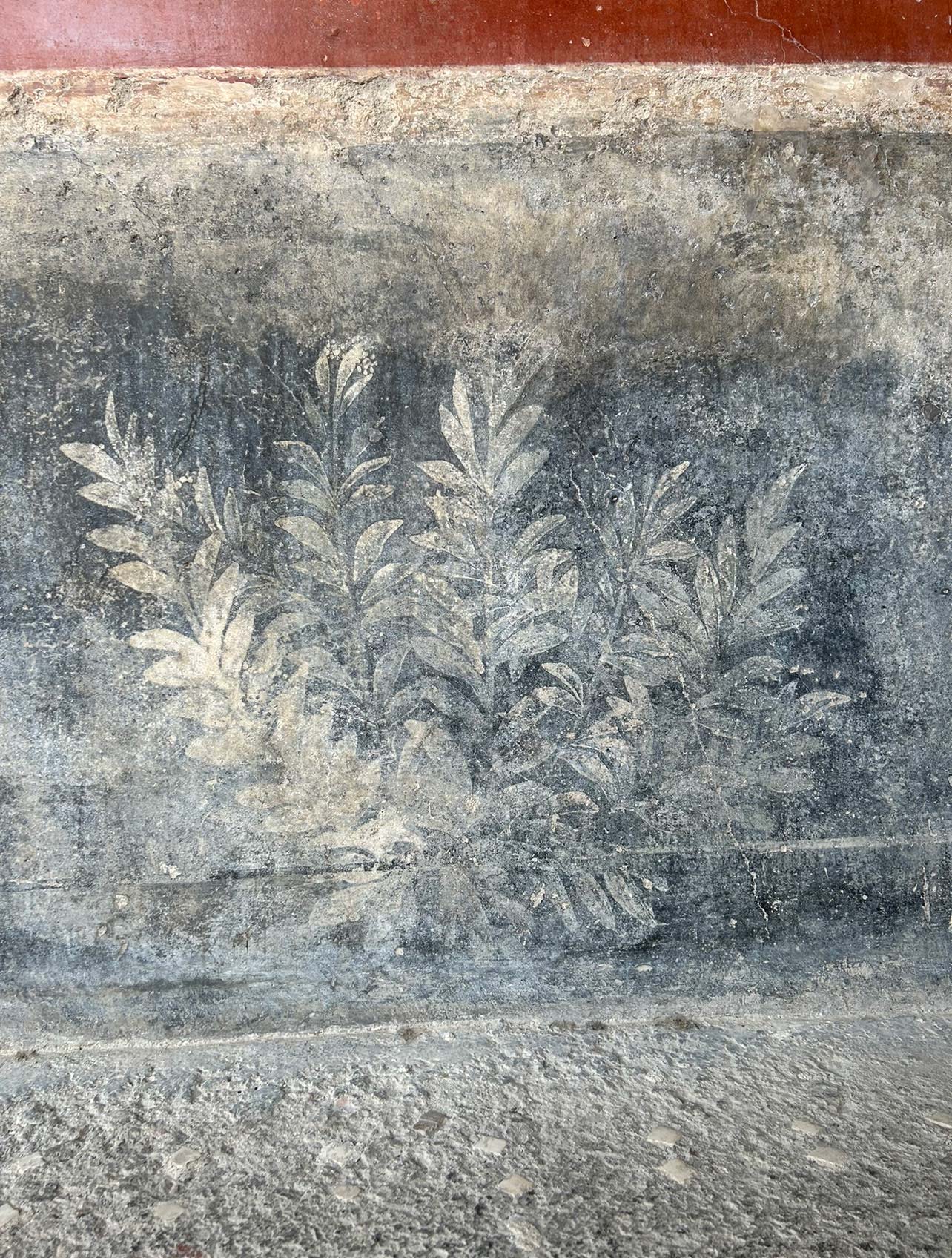 Fresco of a branch of leaves, Casa dei Vettii, Pompeii
Fresco of a branch of leaves, Casa dei Vettii, Pompeii
Fresco of a branch of leaves, Casa dei Vettii, Pompeii
“I love this branch of leaves which is a detail within a fresco in Casa dei Vettii in Pompeii. It's what inspired me to do my first project with Molteni (Virgilio's Dream, 2023). The frescoes in Pompeii make me think of the Italian Mannerists and the Renaissance Italian painters in their lightness and movement. In fact, both of these groups were very much inspired by classical art.”
Alexander Mosaic, Casa del Fauno, Pompeii
“This is a beautiful scene showing Alexander the Great in battle. I love the composition, the complexity, and, at the same time, the simplicity of it. You can see how artists such as Paolo Uccello [1397-1475], who created beautiful horseback battle scenes, would have been inspired by works like this. These elements became the archetypes of a certain approach to art. When I looked at these things as a child, I wasn’t intellectualising these works, I was just absorbing them. It was later that I became aware of the importance of the line, the importance of the formal aspects, and the language of shapes themselves. Even if I draw human figures now, I approach it as if I'm drawing abstract shapes.”
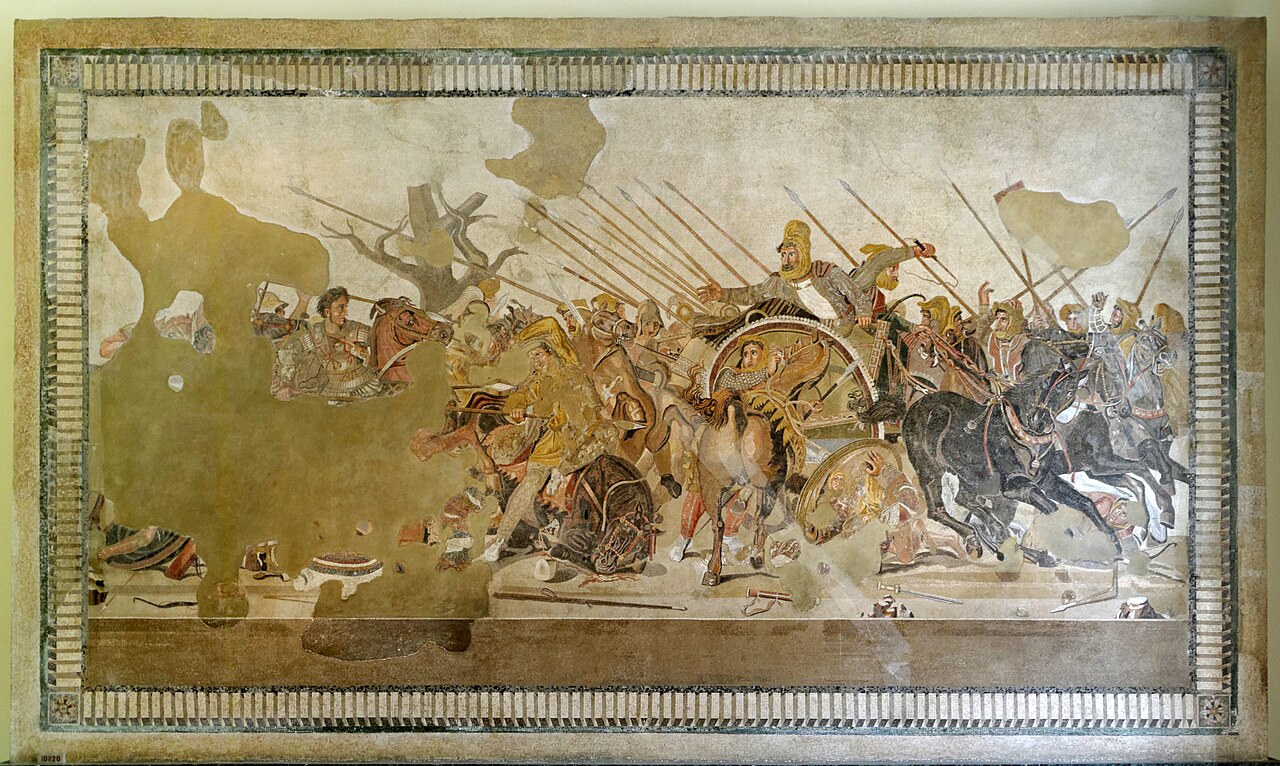 Alexander Mosaic, Casa del Fauno, Pompeii
Alexander Mosaic, Casa del Fauno, Pompeii
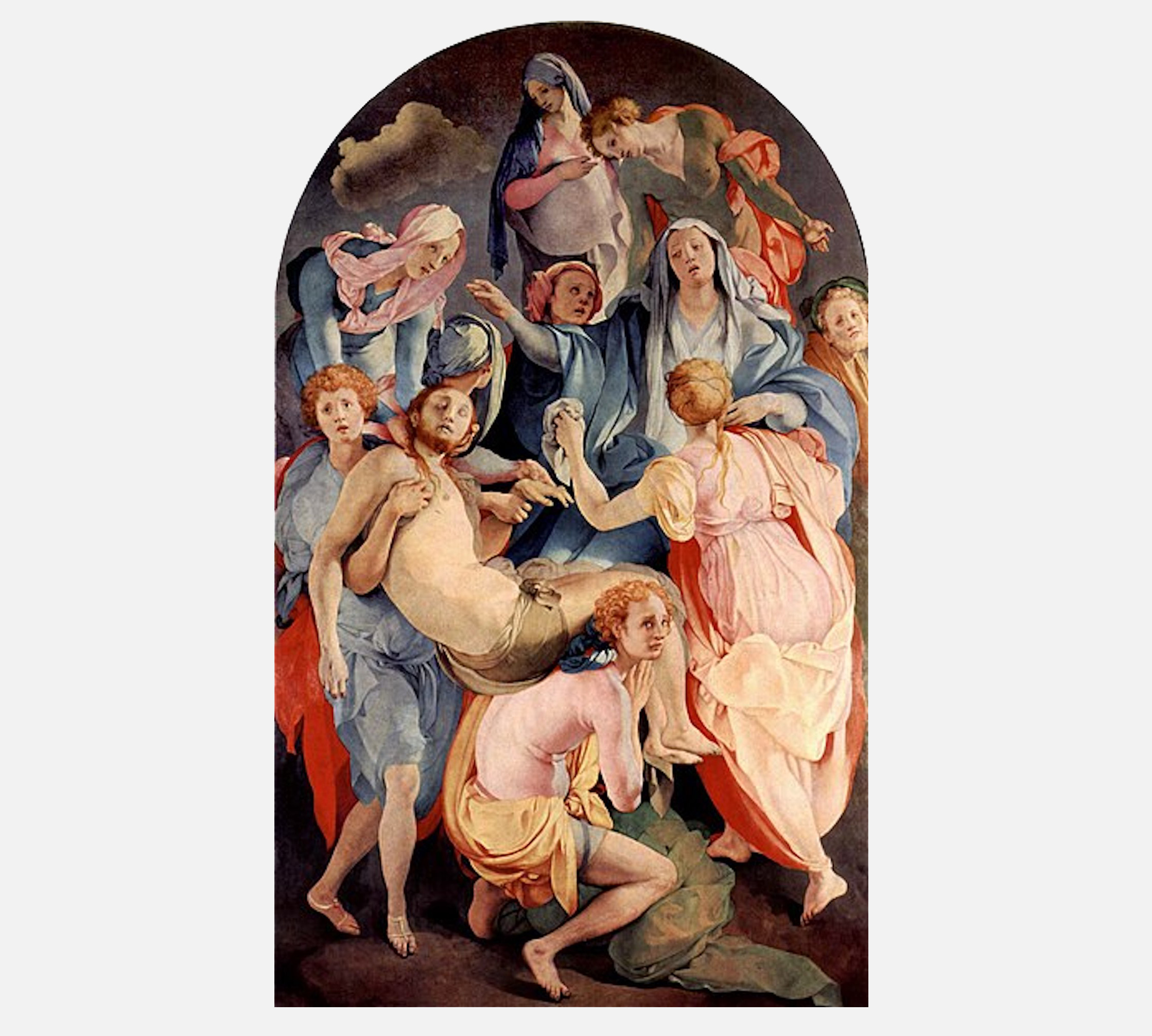 Deposition from the Cross, Pontormo, Capponi Chapel, Florence
Deposition from the Cross, Pontormo, Capponi Chapel, Florence
Deposition from the Cross, Pontormo, Capponi Chapel, Florence
“I love this painting’s movement and its sense of lyrical floating. If you look at all the Renaissance painters, they took inspiration from the classical world, which is where the forms of Neoplatonism came from. I think there is a continuum. If you look at the shapes of the figures and the movements in this painting, I can easily see how they are a modern interpretation of the ancient world by Renaissance standards. All these things were part of the Greek and Roman worlds and they will always be part of the world because ‘classical’ is beyond time. That’s why it's called classical – because it's always classic.”
Casa della Venere, Conchiglia
“This one inspires me because of the naivety of it and, at the same time, the detail. It's like poetry: if a poem inspires you, it just inspires you. I don't think everything can be fully explained. It's not necessarily rational. The artistic process has completely different laws and needs from those required by the standard laws of collaboration for designers. Usually, I am given carte blanche from clients, but occasionally people want to see examples of what I will draw beforehand. It can feel like you are free flowing water and all of a sudden you have to enter this glass and fit into its dimensions. The truth is, until the moment the drawing is down, so many things could change and so many new things could come into your head. You don't want to be captured in a static version of a previous plan.”
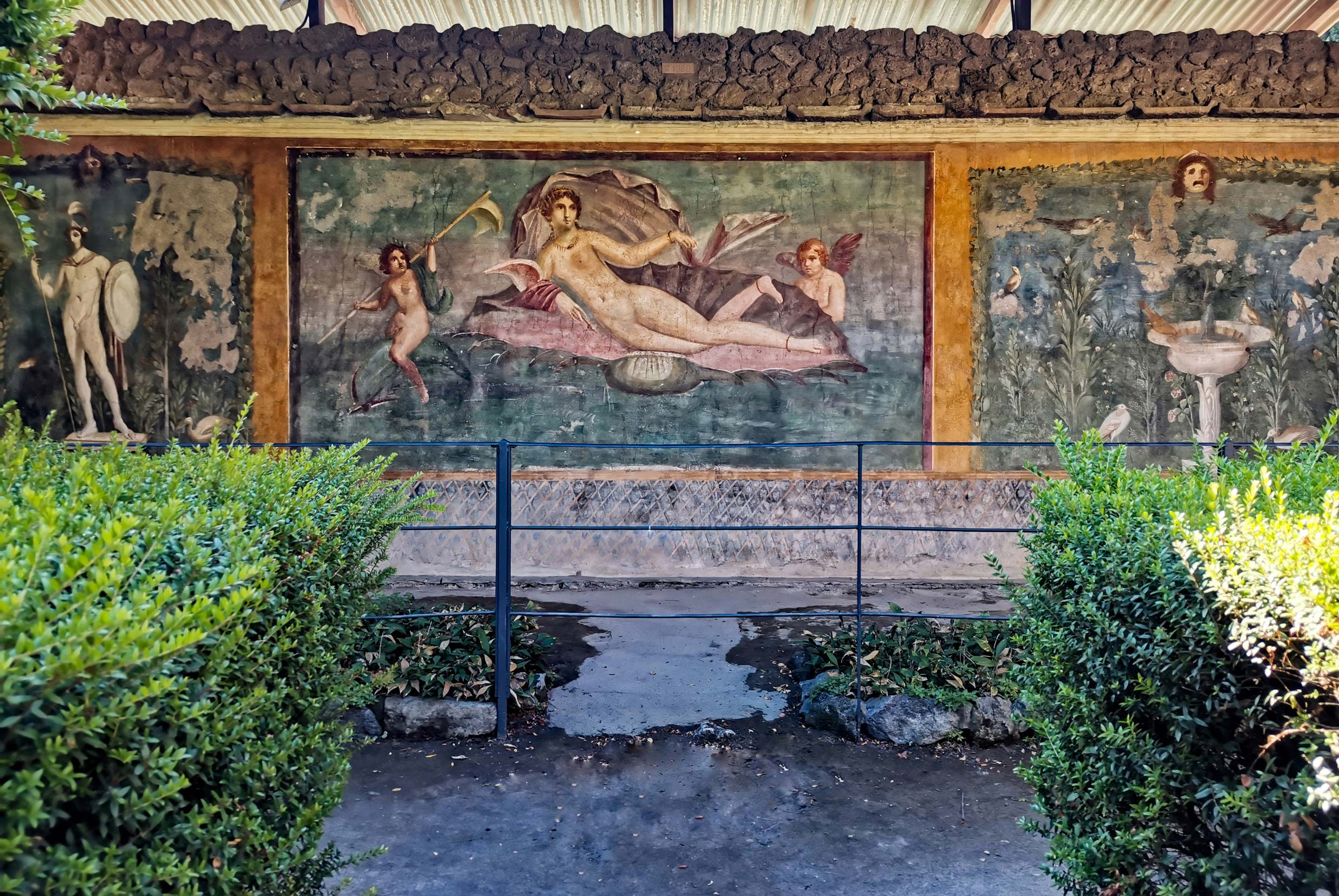
.-CREDIT-Dag-Fosse---CODE.jpg) Evening on Karl Johan - Edvard Munch - Credit Dag Fosse
Evening on Karl Johan - Edvard Munch - Credit Dag Fosse
Edvard Munch (1863-1944)
“Edvard Munch is a painter that I love, even though he represents a world completely different from mine. But at the same time, I feel a synthesis toward his work, which to me feels similar to the frescos in Pompeii. It is the artistic language of Munch that inspires me. His work displays this elegance, this strength and this extreme simplicity that you grasp only when you have reached the highest level of sophistication. To be honest it's very hard for me to explain why a certain work resonates with me. It's like when you love someone: you can’t rationalise it. You can write a list of reasons why you love that person, but it will still not describe a blink of what it is that you feel for that person. It’s the same thing.”
A two-dimensional representation, both visual and graphic, of a story spanning almost a century: this is the essence of the Museum 2D exhibition, curated by Ron Gilad.
Raw elegance of mineral and earth in the new Elemental exhibition curated by KALPA at the Vincent Van Duysen-designed Pavilion
To celebrate 90 years of Molteni&C, Rizzoli New York has published Molteni Mondo – An Italian Design Story, a book that is on sale worldwide from September 2024.
Thanks for your registration.